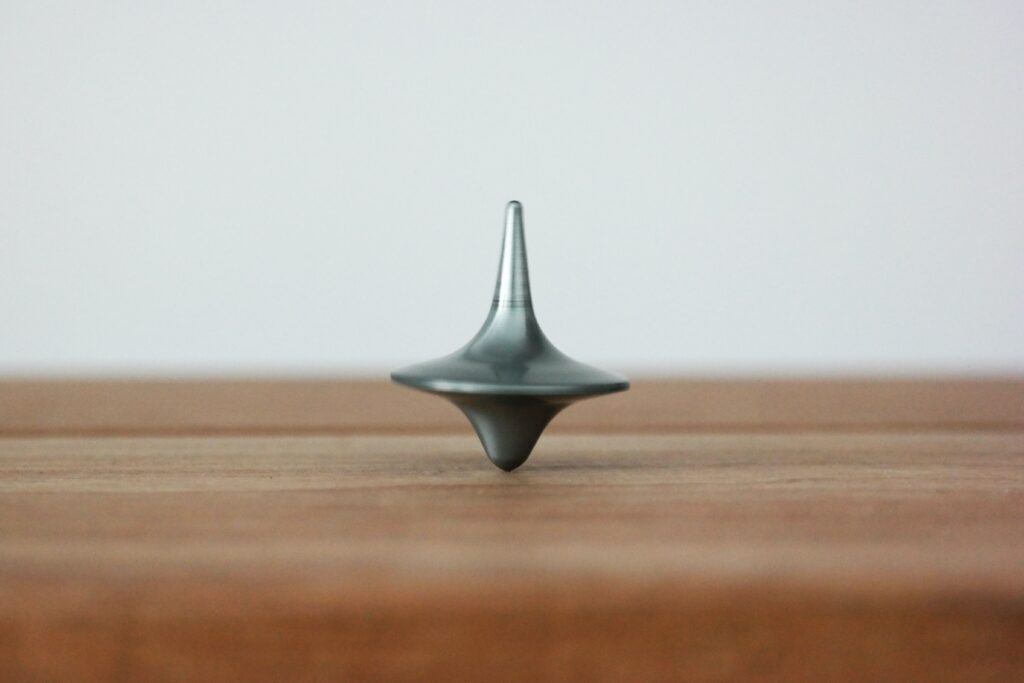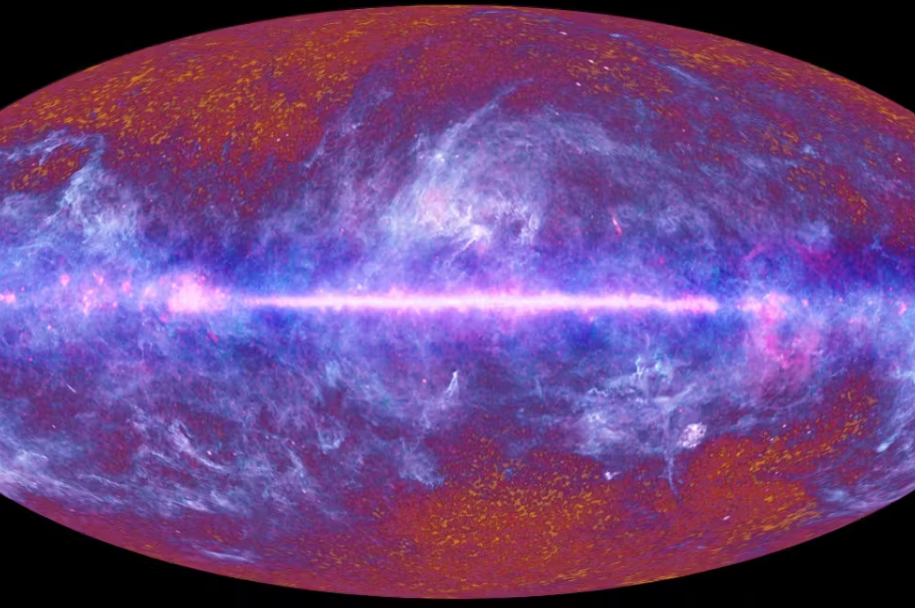Angles, angles!

Angle is understood as the part of the plane or portion of reality that separates two lines with the same point in common. The rotation that one of its lines should carry out to go from one position to another is also considered as such. The angle is formed by different elements, among which the edges or sides stand out, which would be the straight lines that are related, and the vertex or point of union between them.
There are different types of angles:
- Acute angle is called as such that type of angle that is between 0 and 90°, not including the latter. An easy way to imagine an acute angle can be if we think of an analog clock: if we had one fixed hand pointing to twelve and the other before it was a quarter past we would have an acute angle.
- A right angle is one that measures exactly 90°, the lines that are part of it being completely perpendicular. For example, the sides of a square make 90º angles with each other.
- Obtuse angle is the name given to that angle that presents between 90° and 180°, without including them. If it were twelve, the angle that the hands of a clock would make with each other would be obtuse if we had one hand pointing to twelve and the other between quarter and a half past.
- Flat angle that angle whose measurement reflects the existence of 180 degrees. The lines that form the sides of the angle are joined in such a way that one seems to be an extension of the other, as if they were a single straight line. If we turn our body around, we will have made a 180° turn. On a clock, an example of a flat angle would be seen at half past twelve if the hand that points to twelve were stationary at twelve.
- Concave angle is that angle of more than 180° and less than 360°. If we have a round cake in parts from the center, a concave angle would be the one that would form the remainder of the cake as long as we ate less than half.
- Complete or perigonal angle, this angle makes 360° specifically, leaving the object that makes it in its original position. If we make a complete turn, returning to the same position as at the beginning, or if we go around the world ending exactly in the same place that we started, we will have made a 360º turn.
- Null angle corresponds to an angle of 0°.
Let’s perform the following practice and practice the different angles





Responses